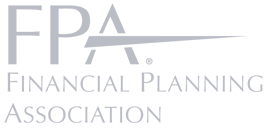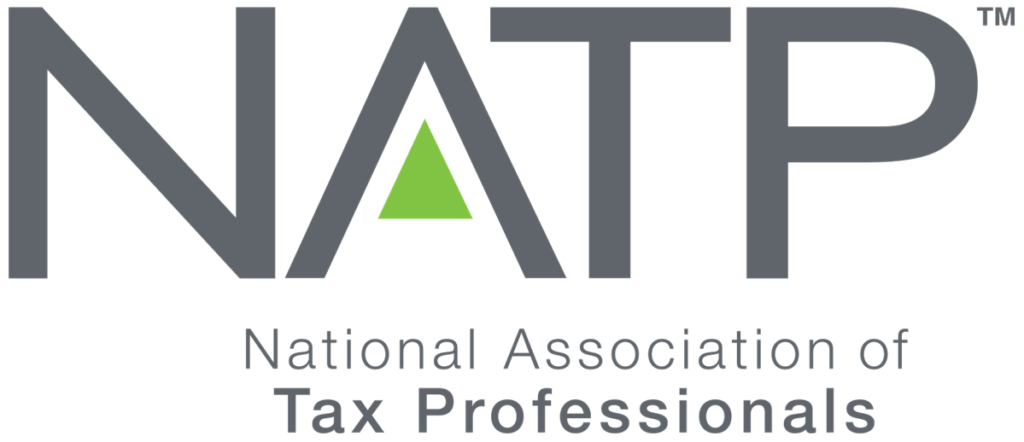Even with careful planning and diligent saving, some parts of retirement planning are out of your control. Factors like longevity, rising medical costs and the ups and downs of the market can have an impact on your savings. But while you can’t plan for the unexpected per se, there are ways you can manage these risks and protect your retirement income. Here’s a look at four common retirement risks and how to address them.
1. Longer life expectancy
Americans are living longer now than ever before. Government figures put average life expectancy at about 79 years old, but you could live much longer than that, and financial experts suggest planning for retirement living costs well into your 90s.
There are many benefits to living longer, but it also means carefully considering strategies to avoid outliving your savings. One strategy to consider is to delay the age you start collecting Social Security benefits. You are eligible to start collecting Social Security at age 62, but the longer you wait, the larger your benefit will be. For example, if you turn 62 in 2021, and you can hold out claiming your benefit until age 70, you’ll increase your monthly payment by 77 percent.
You may also want to consider other sources of regular income, such as annuities to supplement Social Security benefits and withdrawals from retirement accounts. You typically purchase annuities with a lump sum, and the annuity then makes regular payments to you over a fixed period of time. That said, annuities come with unique trade-offs and risks. For example, it’s possible inflation could rise higher than an annuity’s guaranteed rate. What’s more, annuities are generally illiquid investments, meaning your money will be tied up for a set period and you won’t be able to access it without facing stiff penalties. Discuss annuity options with a financial advisor before adding one to your portfolio.
2. Medical costs and long-term care
Another implication of living longer is increased health care costs. On average, a healthy 65-year-old couple can expect to spend more than $300,000 on health care alone in retirement. While Medicare covers many medical expenses you’re likely to face, it doesn’t cover everything, including the cost of long-term care.
Long-term care refers to assistance needed for daily activities, like eating, bathing or dressing. This type of care can be provided at home or at an assisted living facility like a nursing home. Those age 65 and older have a 70 percent chance of needing some form of long-term care as they age.
Even if you don’t anticipate needing long-term care anytime soon, it may be worth considering long-term care insurance now in case you need these services in the future. Consider purchasing coverage well before you retire as it typically becomes more expensive as you age.
3. Market risk
Market fluctuations are a natural part of the market cycle, yet a downward turn right before retirement can lower the value of your investments just when you need them most. As you near retirement, consider rebalancing your portfolio to include more lower-risk investments like bonds that are less likely to be affected when stock markets head south.
4. Rising inflation
Inflation reduces your spending power and can have a big effect over a 30-year (or longer) retirement. There isn’t much you can do to stop inflation, but you can purchase assets that protect against some of its effects. Real estate investments are one option, as property prices tend to rise with inflation. You may also consider Treasury Inflation-Protected Securities (TIPS), which offer a fixed interest rate, but their principal is adjusted for inflation
Understanding these risks to retirement can help you know how to address them and keep your savings on track.
Sources:
https://www.ssa.gov/pubs/EN-05-10147.pdf
https://www.fidelity.com/viewpoints/personal-finance/plan-for-rising-health-care-costs
https://acl.gov/ltc/basic-needs/how-much-care-will-you-need
*This information has been obtained from sources considered to be reliable, but we do not guarantee that the foregoing material is accurate or complete. Any information is not a complete summary or statement of all available data necessary for making an investment decision and does not constitute a recommendation. This material was created by The Oechsli Institute, an independent third party that is not affiliated with Raymond James.
*The website link included is provided for information purposes only. Raymond James is not affiliated with and does not endorse, authorize or sponsor any third-party web site or their respective sponsors. Raymond James is not responsible for the content of any web site or the collection or use of information regarding any web site’s users and/or members.
*Any opinions are those of the author and not necessarily those of Raymond James.
*Please note, changes in tax laws or regulations may occur at any time and could substantially impact your situation. While familiar with the tax provisions of the issues presented herein, Raymond James financial advisors are not qualified to render advise on tax or legal matters. You should discuss any tax or legal matters with the appropriate professional.






